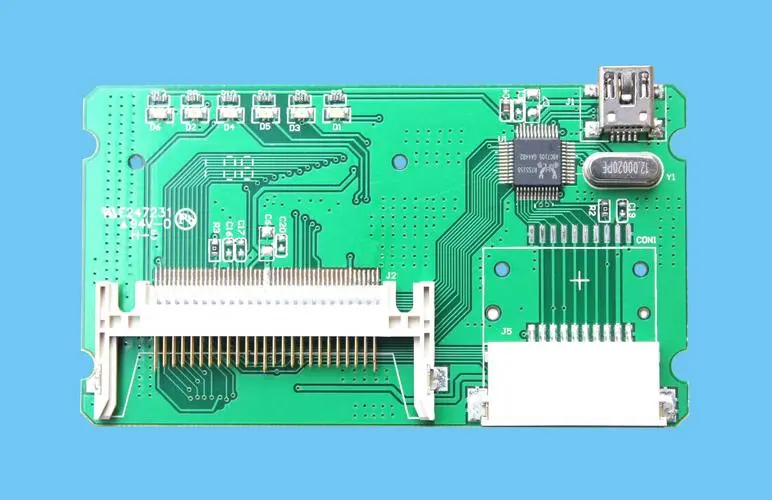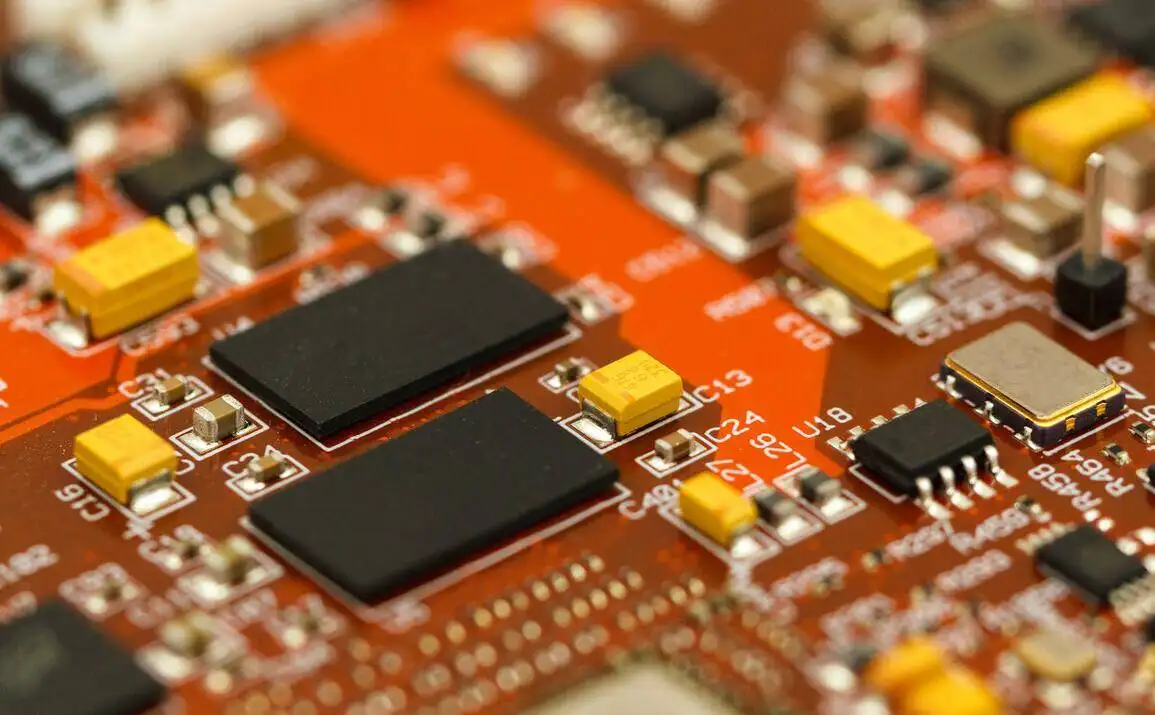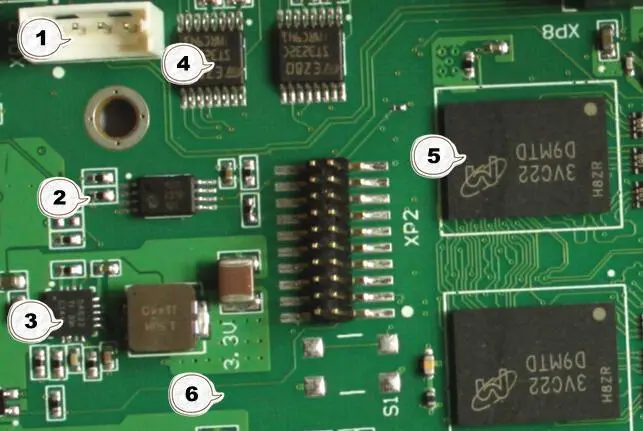
The so-called PCB copper coating refers to taking the idle space on the PCB as the reference plane, and then filling it with solid copper. These copper areas are also called copper filling. The significance of copper coating is to reduce the ground wire impedance and improve the anti-interference capability; Reduce voltage drop and improve power efficiency; Connected to ground wire,
The so-called copper coating refers to taking the idle space on the PCB as the reference plane, and then filling it with solid copper. These copper areas are also called copper filling.
The significance of copper coating is to reduce the impedance of PCB ground wire and improve the anti-interference capability; Reduce voltage drop and improve power efficiency; Connecting with the ground wire can also reduce the loop area. In order to keep PCB from deforming as much as possible during welding, most PCB manufacturers also require PCB designers to fill the open area of PCB with copper sheet or grid shaped ground wire. If copper coating is handled improperly, it will not pay off. Is it "more beneficial than harmful" or "more harmful than beneficial"?

As we all know, the distributed capacitance of the wiring on the printed circuit board will play a role in high frequency. When the length is greater than 1/20 of the corresponding wavelength of the noise frequency, the antenna effect will be generated, and the noise will be emitted through the wiring. If there is a poorly grounded copper clad PCB, the copper clad PCB will become a tool to spread noise. Therefore, in high frequency circuits, do not think that a place of the ground wire is grounded, This is the "ground wire", which must be less than λ/ 20, make holes on the wiring, and "well grounded" with the ground plane of the multilayer board. If the copper coating is properly treated, it not only increases the current, but also plays a dual role in shielding interference.
Generally, there are two basic methods of copper cladding, namely, large-area copper cladding and grid copper cladding. It is often asked whether large-area copper cladding or grid copper cladding is better.
Why? Large area copper coating has the dual functions of increasing current and shielding. However, if large area copper coating is used for wave soldering, the board may be warped or even blistered. Therefore, for a large area of copper coating, several grooves are usually opened to alleviate the blistering of copper foil. The simple grid copper coating is mainly used for shielding, and the effect of increasing current is reduced. From the perspective of heat dissipation, the grid is beneficial (it reduces the heating surface of copper) and plays a certain role in electromagnetic shielding.
However, it should be pointed out that the grid is composed of lines in staggered directions. We know that for circuits, The width of the wiring has its corresponding "electrical length" for the operating frequency of the circuit board (the actual size is divided by the digital frequency corresponding to the operating frequency, see the relevant books for details) When the working frequency is not very high, perhaps the role of grid lines is not very obvious. Once the electrical length matches the working frequency, it is very bad. You will find that the circuit does not work properly at all, and there are signals everywhere that interfere with the work of the system. Therefore, for colleagues who use grid, it is recommended to choose according to the working conditions of the designed circuit board, instead of holding on to something. Therefore, high-frequency circuit requires high anti-interference multi-purpose grid, and low-frequency circuit has high current circuit and other commonly used complete copper coating.
Having said that, in order to achieve the desired effect in copper cladding, what problems should we pay attention to in copper cladding:
1. If there are many PCBs with ground, such as SGND, AGND, GND, etc., the most important "ground" shall be used as the reference for independent copper coating according to the different positions of the PCB board, and the digital and analog copper coating shall be separated. At the same time, before copper coating, the corresponding power supply lines shall be thickened: 5.0V, 3.3V, etc. In this way, multiple deformation structures with different shapes are formed.
2. For the single point connection of different ground, the method is to connect through 0 ohm resistance or magnetic bead or inductance.
3. Copper coating near the crystal oscillator. The crystal oscillator in the circuit is a high-frequency emission source. The method is to cover copper around the crystal oscillator, and then ground the shell of the crystal oscillator separately.
4. If the problem of isolated island (dead zone) is too big, it doesn't take much to define and add individual vias.
5. When PCB wiring is started, the ground wire should be treated equally. The ground wire should be well laid when wiring. It cannot be eliminated as a connected ground pin by adding vias after copper coating. This effect is very bad.
6. It is better not to have sharp corners on the board ("=180 degrees"), because from the electromagnetic point of view, this constitutes a transmitting antenna! For others, it will always have an impact on whether it is big or small. I suggest using the edge of the arc.
7. The open area of wiring in the middle layer of multilayer PCB board shall not be covered with copper. Because it is difficult for you to make this copper clad "well grounded".
8. Metal inside PCB equipment, such as metal radiator and metal reinforcing strip, must be "well grounded".
9. The heat dissipation metal block of the three terminal voltage regulator must be well grounded. The grounding isolation belt near the crystal oscillator must be well grounded.
In a word: if the grounding problem of copper coating on PCB is solved properly, it must be "more advantages than disadvantages". It can reduce the return area of the signal line and reduce the external electromagnetic interference of the signal.









